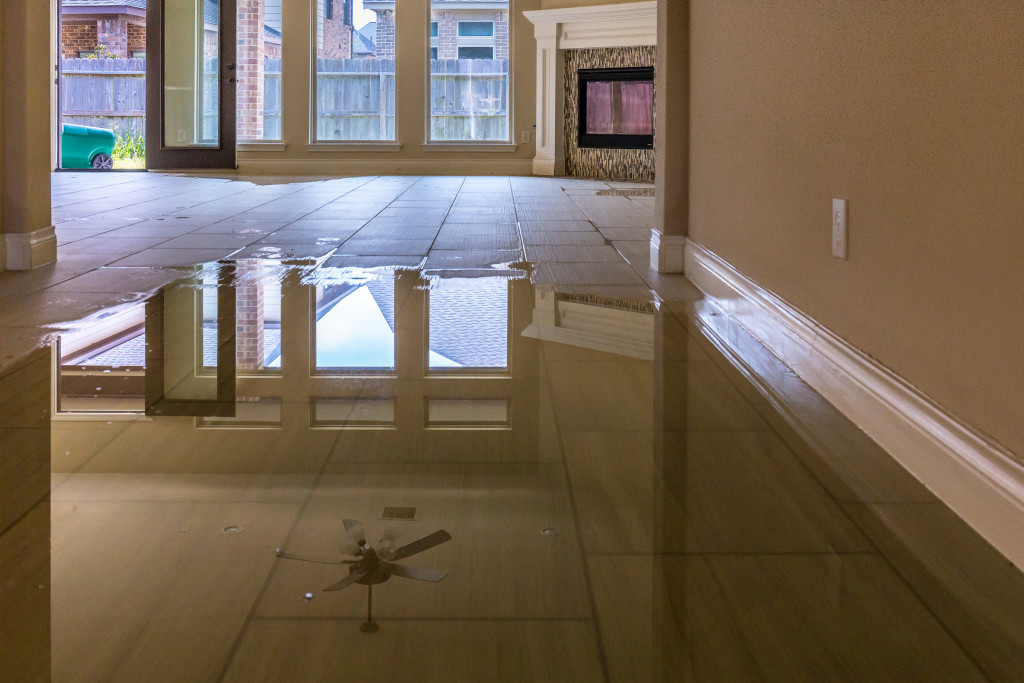Disclaimer: The Lifestyle Elf. This site provides fashion and lifestyle content for informational purposes only.
- Remove any standing water immediately using protective gear.
- Use absorbent materials such as towels, mops and sponges to soak up excess moisture.
- Open windows and doors to allow fresh air to circulate and help evaporate moisture.
- Utilize fans or dehumidifiers to help remove the remaining moisture.
- Call in professionals to assess the situation and advise on repairs and restoration.
Floods can cause massive destruction to a home, leaving behind physical and environmental damage. When the water recedes, you will want to act quickly to begin drying out your home and preventing further damage from mold, mildew and other bacteria caused by standing water. Here are five tips for drying out your home after a flood that will help you restore your home and get back to normal as soon as possible.
1. Remove Any Standing Water Immediately
The first step to drying out your home is to remove any standing water you can. This can be done using a wet/dry vacuum, sump pump, or mop and bucket. Wear protective gear such as rubber gloves, boots and protective eyewear. Standing water can also contain sewage, bacteria, and other contaminants that you should avoid contact with; that’s why wearing protective gear is important.
2. Use Absorbent Materials
Once the standing water has been removed, use absorbent materials such as towels, mops and sponges to soak up any moisture remaining. You may need to move furniture and other items to access the water collected in corners and crevices. Once this excess moisture is gone, you can better assess what additional steps need to be taken. Be sure to discard any absorbent materials that have been used and do not reuse them.
3. Open Windows and Doors

To help speed up the drying process, it’s a good idea to open windows and doors if you can. This will allow fresh air to circulate and help evaporate moisture. You should open windows on both sides of the house to create a cross breeze. Ensure all windows and doors are securely closed when not in use, as this will help prevent additional water from entering the home. You need to be careful when opening windows and doors if you are in a flood-prone area.
4. Use Fans or Dehumidifiers
Once you’ve opened up windows and doors, it’s a good idea to use fans or dehumidifiers to help circulate the air and remove any remaining moisture from the area. If your home has been flooded, it’s important to remember that some humidity will remain in the air for a while, so using these methods can help eliminate any dampness that isn’t completely gone.
5. Call in Professionals
Finally, calling professionals is important if your home has sustained serious damage due to flooding. A professional can assess the situation and advise on moving forward with repairs and restoration. They will also be able to help identify areas that need further attention, such as replacing flooring or other materials that have been damaged.
Here is the list of some professional services that you can call in:
Water Damage Restoration Companies
Suppose your home has experienced water damage due to flooding. In that case, it is important to contact a restoration company, so they can assess the situation and recommend appropriate repairs and restoration services. A professional specializing in water damage restoration will be able to identify any hidden moisture or mold growth and also provide an in-depth plan for restoring your home to its original condition. They can also help with other associated tasks such as replacing flooring, removing damaged materials, etc.
Mold Remediation Services
If you notice any signs of mold growth in the affected areas of your home, it is important to call in a mold remediation specialist. Mold can cause health issues and damage your home’s structural integrity if not handled quickly.
Contractors
Contractors are essential for replacing damaged materials or performing repairs caused by flooding. They can also help ensure that your home is safe for occupancy after the flood damage has been cleaned up and restored.
Insurance Companies

It is important to contact your insurance company immediately after a flood. They can provide guidance and cover any costs associated with repairing or replacing damaged items in your home. Your insurance company should also be kept up-to-date if you need to call in any of the above professionals, such as water damage restoration services.
In Summary
Drying out your home after a flood can be challenging, but it isn’t impossible. With the tips above, you can restore your home to its pre-flood condition. Remember to call in professionals if necessary and keep up with any repairs or replacements that need to be done to keep your home safe and healthy.

